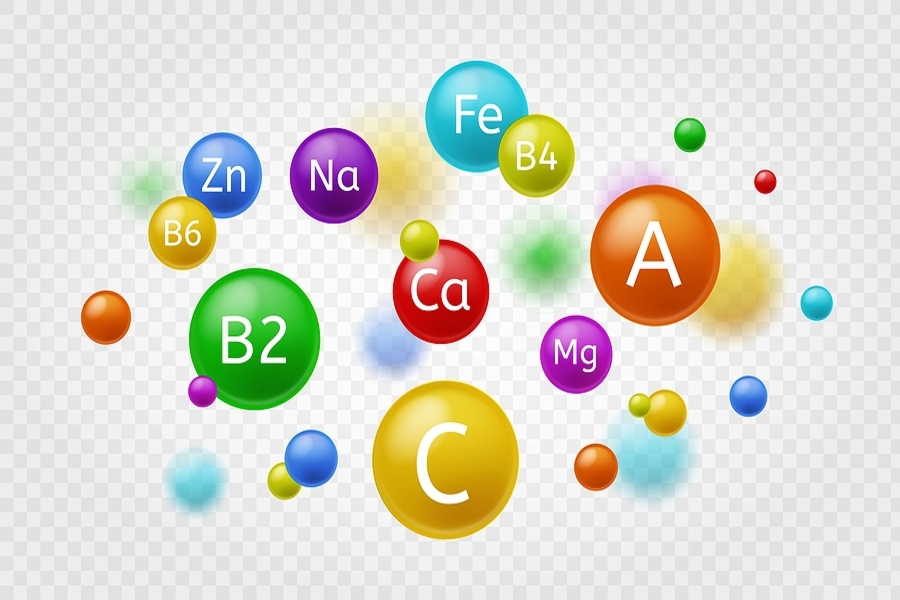Biotin, or vitamin B7, is a water-soluble vitamin essential for the body’s metabolism and functioning. Enzymes that use it are essential for many important metabolic processes in humans, such as the breakdown of lipids and carbs and the production of proteins.
Biotin is known to encourage cell growth and is frequently used in dietary supplements for hair and nail strength and those sold for skincare.
A shortage of biotin can cause difficulties with the nervous system, skin, hair, and nails.
Potentially helpful for the immune system as well. Many people use biotin to improve the condition of their hair and nails, although there is little evidence to support this use in most situations.
Because of its solubility in water, biotin cannot be stored by the body and must be consumed in food. Although the gut can produce some biotin, researchers are unsure how much of it the body can absorb. Some foods that include biotin are avocados, mixed vegetables, egg yolks, liver, and liver. It is also available as an add-on.
In this blog, you will learn more about biotin-rich foods and include them in your diet.
- Legumes
Legumes, such as peas, beans, and lentils, are high in protein, fiber, and minerals. The biotin content of peanuts and soybeans is among the highest of these foods.
A 1-ounce (28-gram) portion of roasted peanuts provides little less than five mcg of biotin, or 17% of the DV. In one investigation on the biotin content of common Japanese foods, a 3/4-cup (100-gram) serving of whole soybeans had 19.3 mcg of biotin or 64% of the DV.
Legumes are commonly boiled and used as a base for entrées and salads and stir-fries, and baked meals.
- The yolk of an egg
Biotin can be found in egg yolks. A cooked entire egg contains up to 10 mcg. For safety concerns and to increase biotin uptake, cook eggs before eating them.
Raw egg white contains dietary avidin, a protein that binds to biotin and makes it difficult for the body to absorb. Because the biotin is cooked out of avidin, the digestive system has an easier time absorbing the vitamin.
- Seeds and nuts
Protein, unsaturated fats, and fiber are all abundant in nuts and seeds. Most include biotin. Nevertheless, the quantity differs according to the kind.
A quarter-cup (20-gram) serving of roasted sunflower seeds has 2.6 mcg of biotin, or 10% of the DV, while a quarter-cup (30-gram) meal of roasted almonds contains 1.5 mcg or 5% of the DV. Nuts and seeds can be eaten raw, in salads, in pasta recipes and stir-fries, or blended into the homemade nut and seed butter.
- Yeast
Biotin is found in both brewer’s yeast and nutritional yeast. However, the biotin content varies depending on the brand. Brewer’s yeast is an active yeast used in the production of beer and bread. Nutritional yeast is dormant. It adds a cheesy or nutty flavor to food.

